We want you to share Forests News content, which is licensed under Creative Commons Attribution-NonCommercial-ShareAlike 4.0 International (CC BY-NC-SA 4.0). This means you are free to redistribute our material for non-commercial purposes. All we ask is that you give Forests News appropriate credit and link to the original Forests News content, indicate if changes were made, and distribute your contributions under the same Creative Commons license. You must notify Forests News if you repost, reprint or reuse our materials by contacting forestsnews@cifor-icraf.org.

Amidst South Rupununi’s wild array of indigenous biodiversity – which includes the likes of giant anteaters (Myrmecophaga tridactyla), scarlet macaws (Ara macao), and yellow-spotted river turtles (Podocnemis unifilis) – the diminutive red siskin bird (Spinus cucullata) might seem an unassuming driver of Guyanese conservation action.
But when local wildlife expert and Indigenous Makushi man Leroy Ignacio accompanied scientists on a 2000 research trip to confirm the songbird species’ presence within the biome, it set off a chain reaction that’s had far-reaching results for the region’s communities and ecosystems. That now includes Ignacio’s recognition, on 1 May 2024, for his conservation work in the shape of a ‘Green Oscar’ – the prestigious international Whitley Award.
“When the ‘discovery’ happened, it was great news,” said Ignacio. “Great news for the world, great news for us, the local communities.” Ignacio himself wasn’t surprised to see the bird – local communities were already well aware of its presence. But the species had formerly only been scientifically recorded in fragmented parts of Venezuela, where it is threatened with extinction from habitat destruction and trapping: its crimson feathers and distinctive song make it popular in the illegal cage bird trade.
Since the outset, SRCS has taken a “community-led approach: community-led activities and community decisions made about what they want,” said Ignacio. “So people are proud of what they’re doing: it really made them feel that they’re doing something for the world from their small backyards.”
And what they’ve done is considerable. They’ve created a community-managed conservation zone, educated local people about the species’ importance, and trained rangers to monitor and manage the red siskins. Illegal trapping has been almost completely eliminated, and the population has stabilized.
Now that scientists knew about the Guyanese population, funding started to flow to the region to help ensure that the birds – hounded by similar threats to their Venezuelan counterparts – could persist there. Working together with five local communities, Ignacio and a close group of friends with a passion for conservation formed the country’s first Indigenous-led conservation NGO, the South Rupununi Conservation Society (SRCS), to lead this quest.
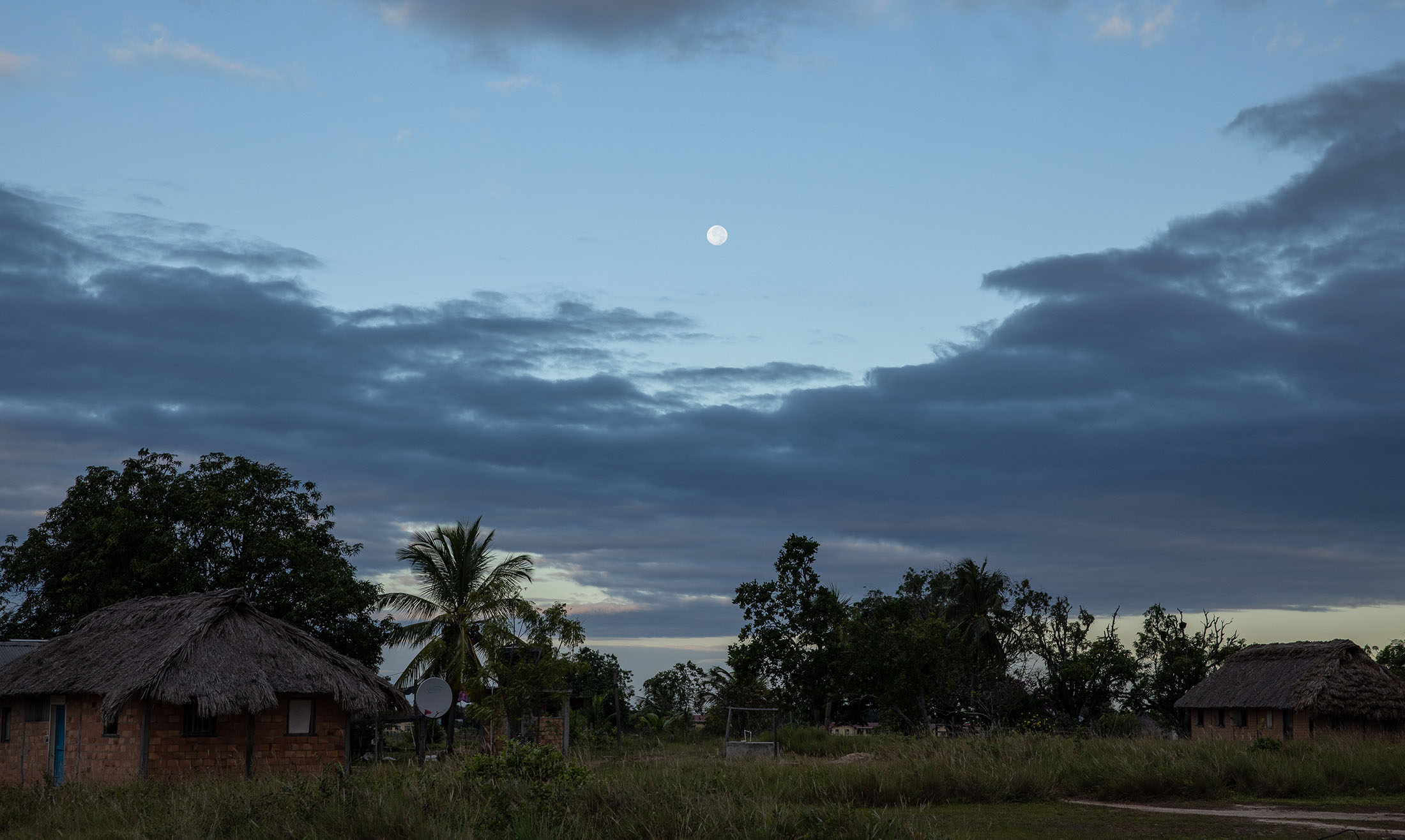
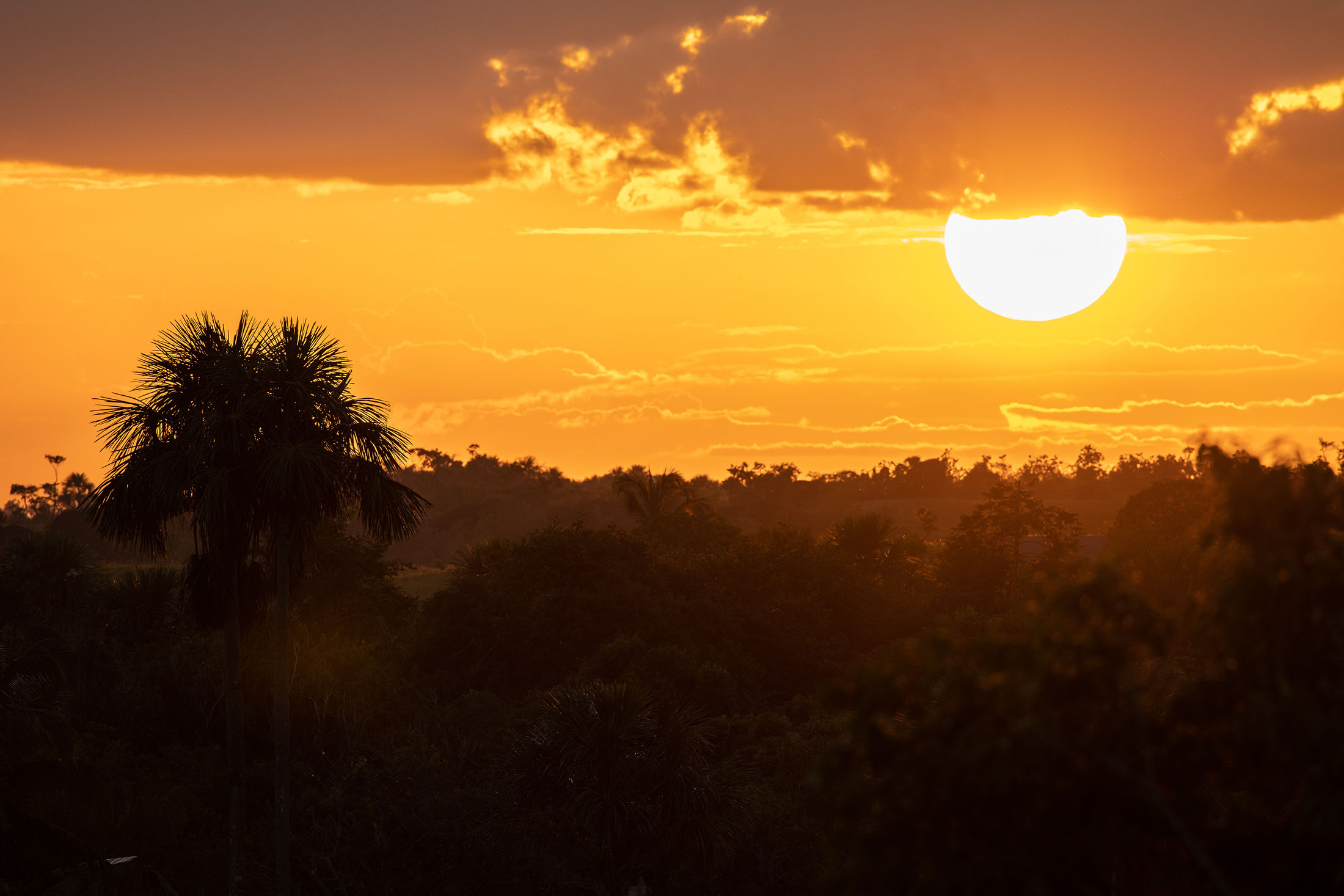
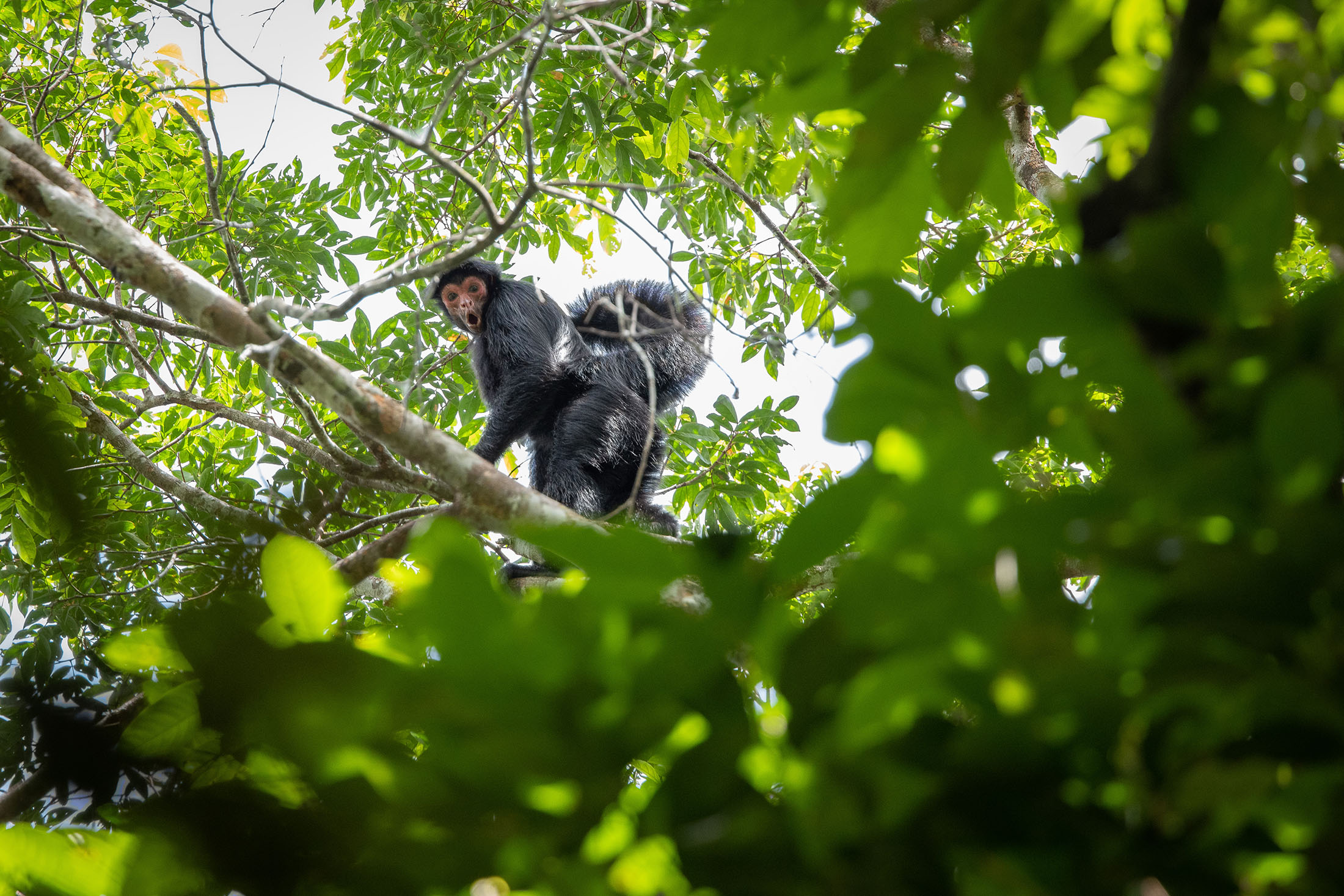
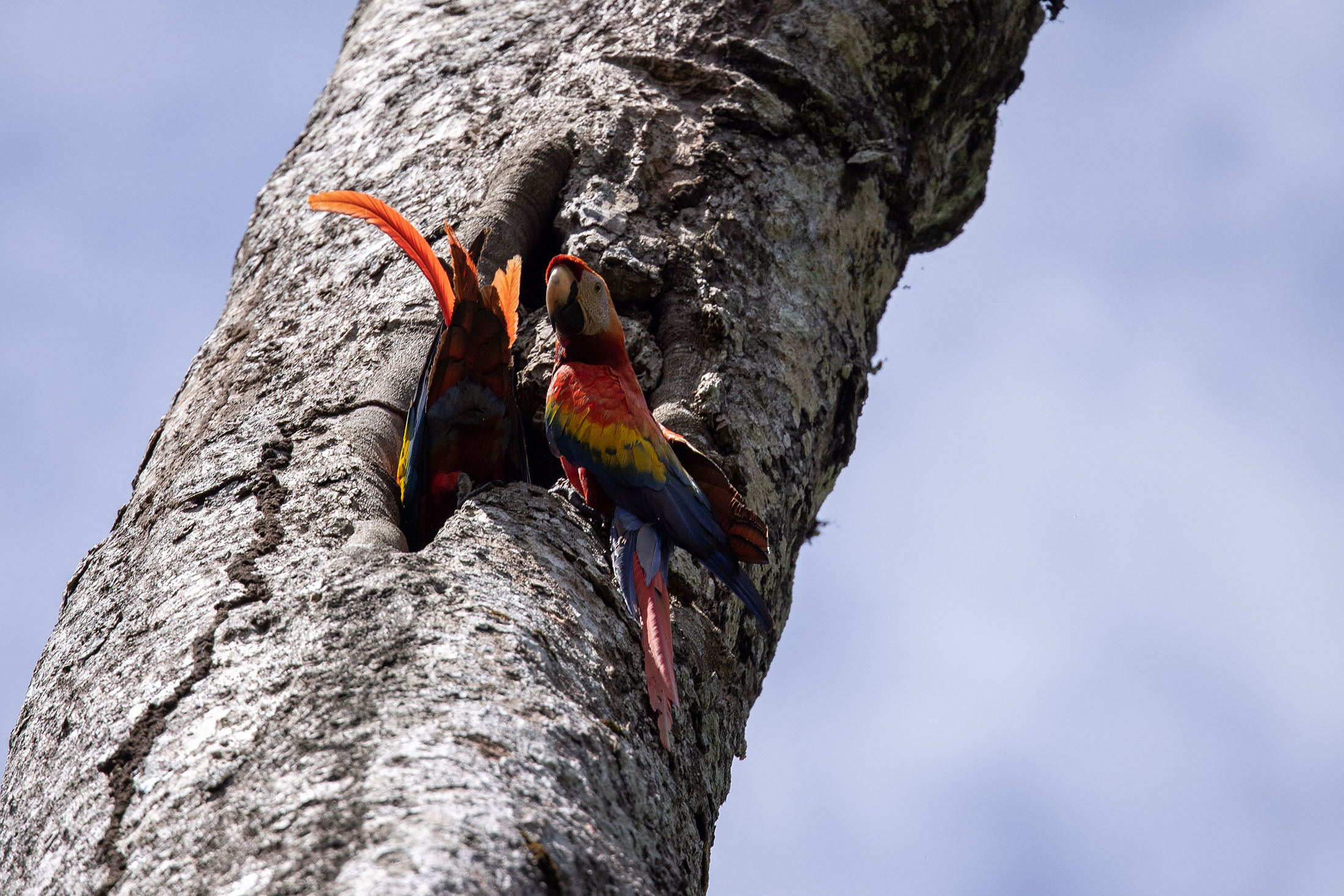
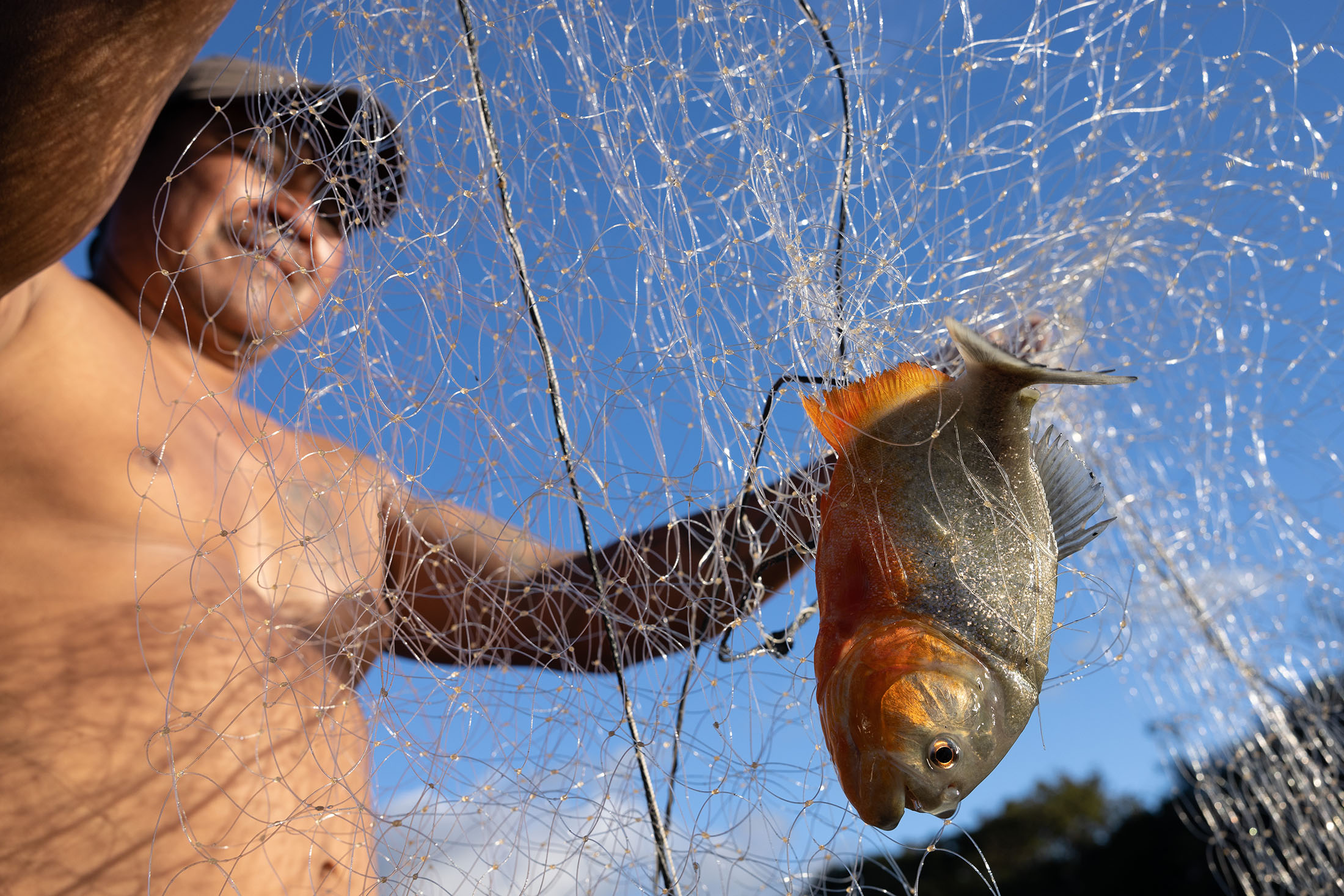
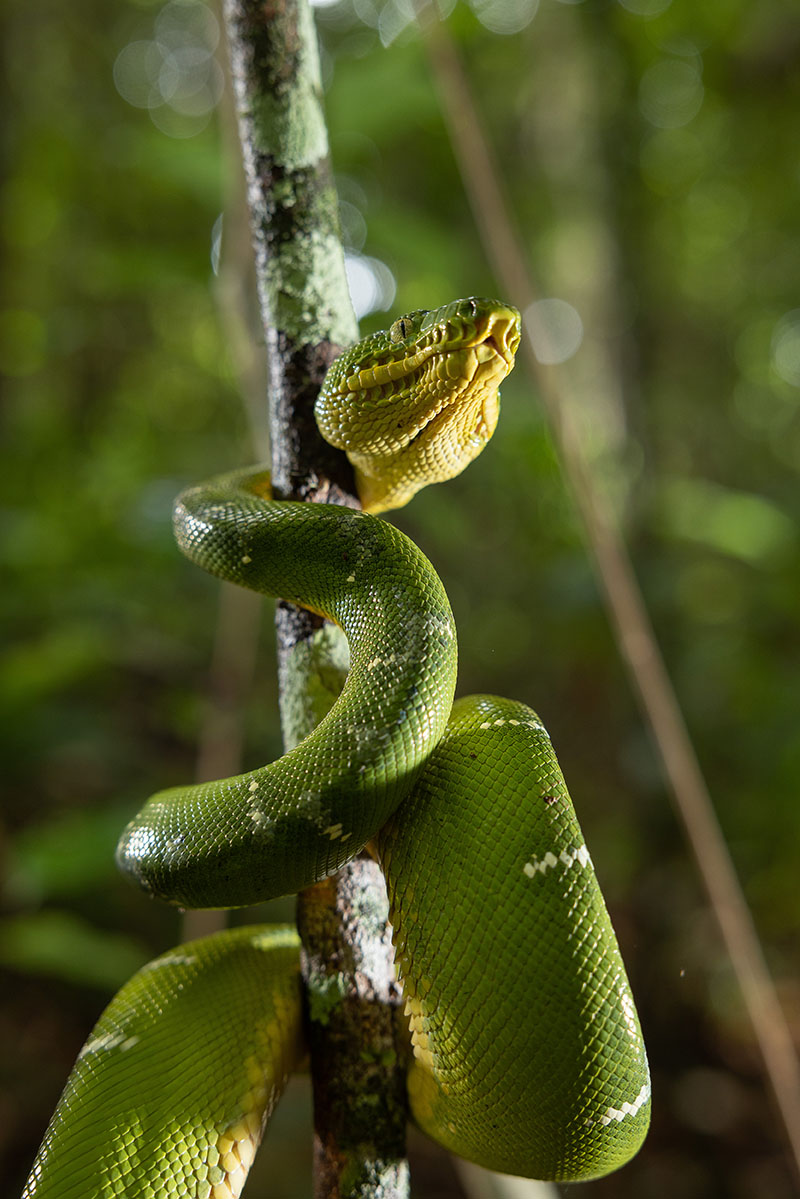
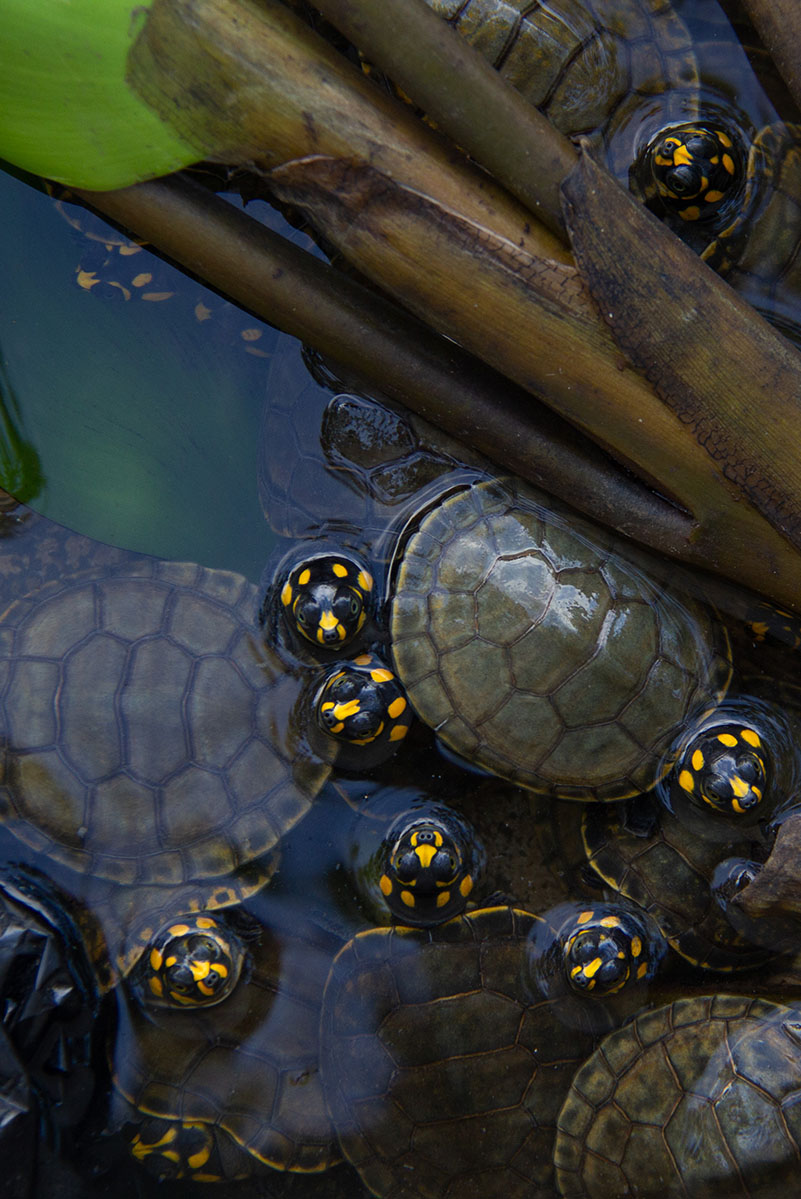
In recent years, new partnerships and resources have allowed the society to employ and sustain staff, and to broaden its focus beyond the siskin to include other critical species. In 2018, SRCS partnered with the Sustainable Wildlife Management (SWM) Programme, which is led by the Food and Agriculture Organization of the United Nations (FAO) and implemented in Guyana by the Centre for International Forestry Research and World Agroforestry (CIFOR-ICRAF). The programme aims to improve wildlife conservation and food security whilst improving the livelihoods of Indigenous peoples and rural communities.
“We partnered with SRCS to start programmes on environmental education, turtle monitoring, and anteater conservation, as well as traditional knowledge classes,” said Nathalie van Vliet, SWM Programme site coordinator for Guyana. “SRCS has been so successful that they are able to sustain many of these programmes by themselves now, and start new ones – for example, an armadillo research project.”
Today, the SWM Programme continues to fund turtle conservation and environmental education models, and SRCS employs three full-time and two part-time staff members, 48 rangers, and 42 environmental education teachers.
Now, with additional funding from the Whitley Award, the STCS plans to strengthen the monitoring, management, and sustainability of the conservation zone. Habitat destruction remains a concern: the siskins live in grasslands that are threatened by wildfire, which is becoming more common as climate change extends and intensifies the dry season.
Local farmers often use fire to clear and reinvigorate land for agriculture, but such blazes can quickly grow out of control if lit inappropriately, sending crucial siskin nesting areas up in smoke. As such, the SRCS plans now to train rangers from local communities in traditional practices of prescribed burning at low-risk times of year, which lightens the fuel load and prevents the likelihood of large uncontrolled dry-season fires destroying swathes of siskin habitat.
“[Ignacio] and his team are an excellent example of how to effectively partner with grassroots communities and inspire passion about conservation and sustainable use of wildlife in forests, savannah and wetland ecosystems,” said Hubert Boulet, SWM Programme Coordinator.
Amidst the excitement of international recognition, the real rewards for Ignacio, like listening out for the red siskin’s piercing call, lie back in the savannas and rainforests of South Rupununi. “When I hear this bird,” he said, “it just hits my heart.”
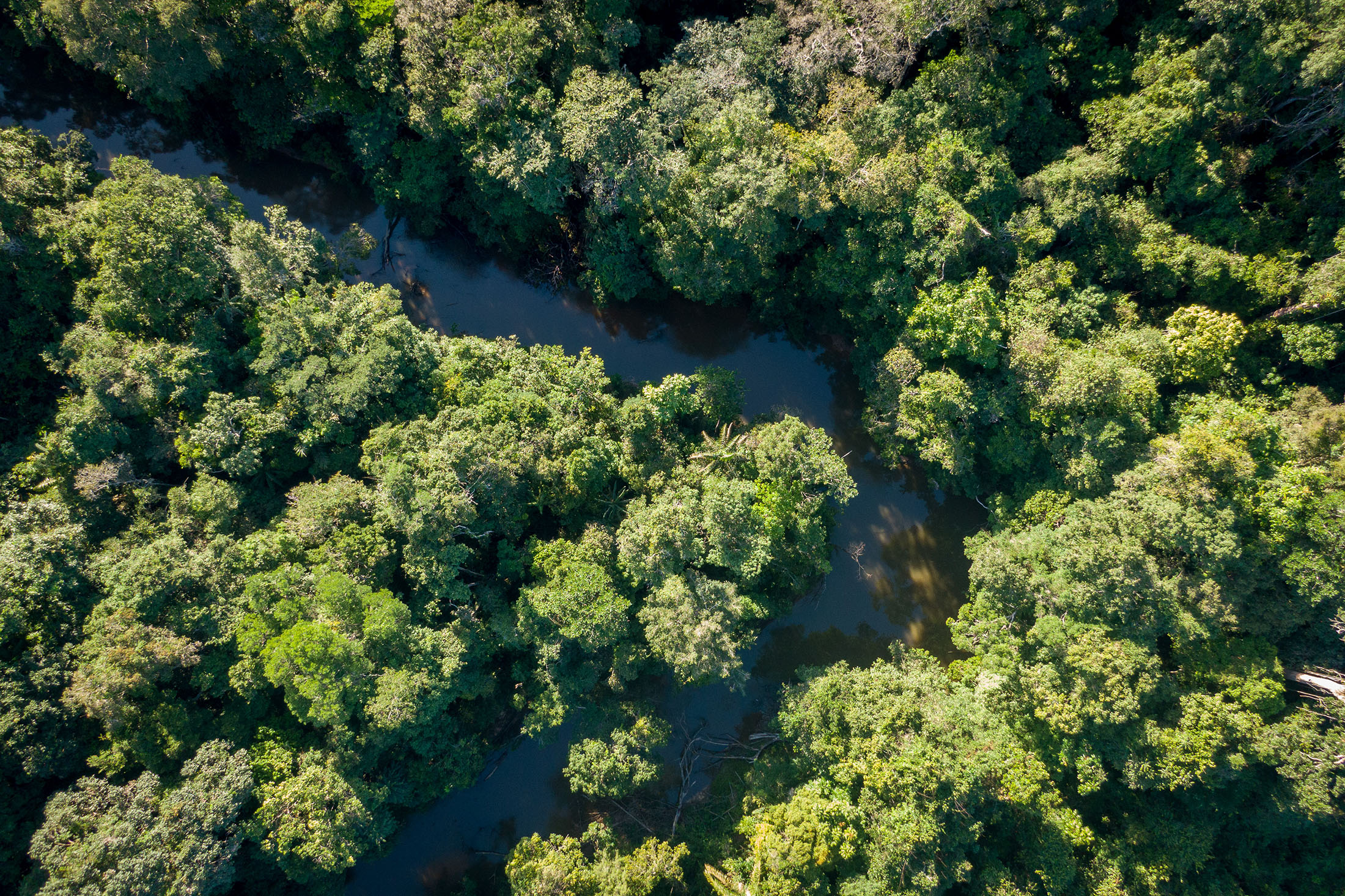
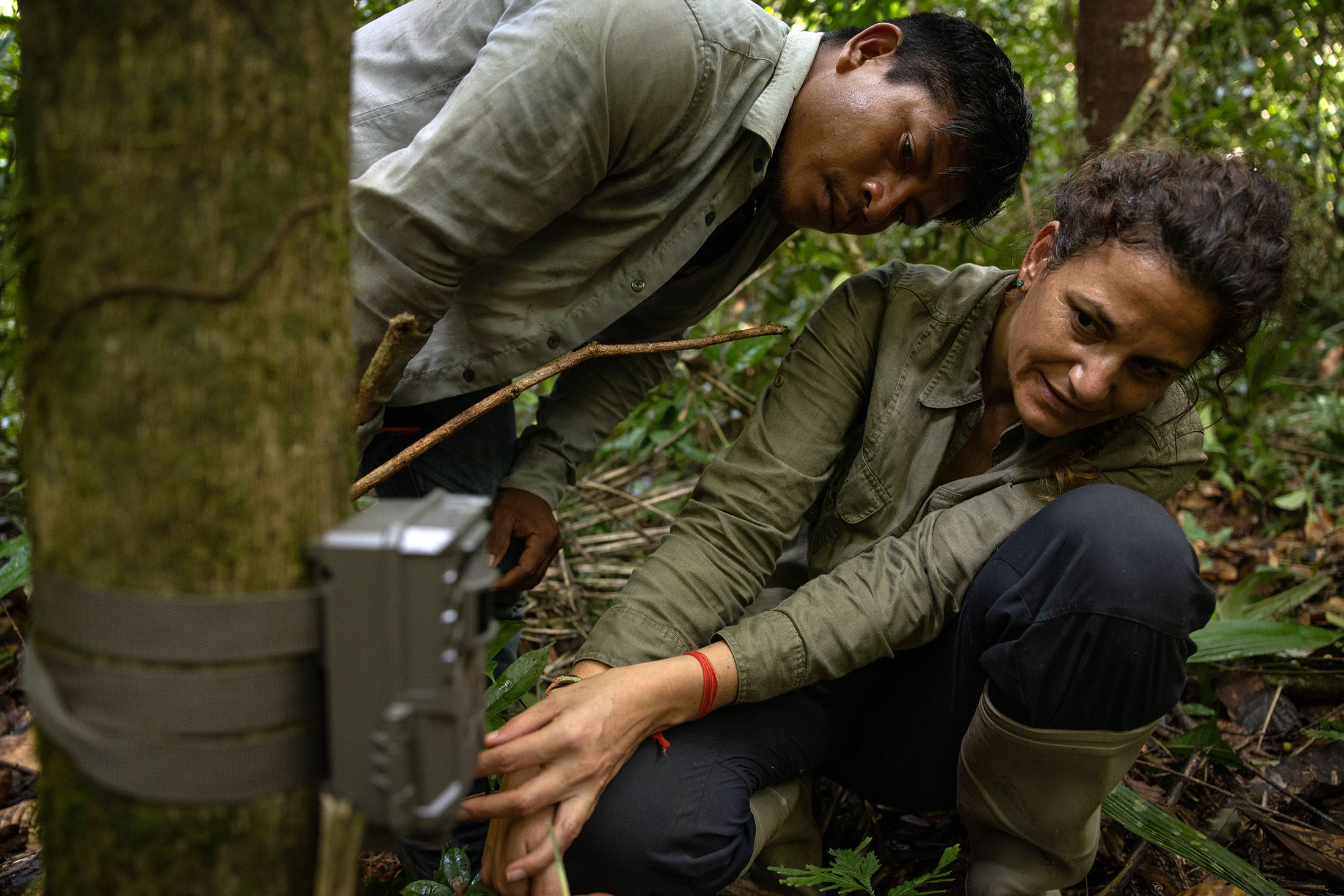
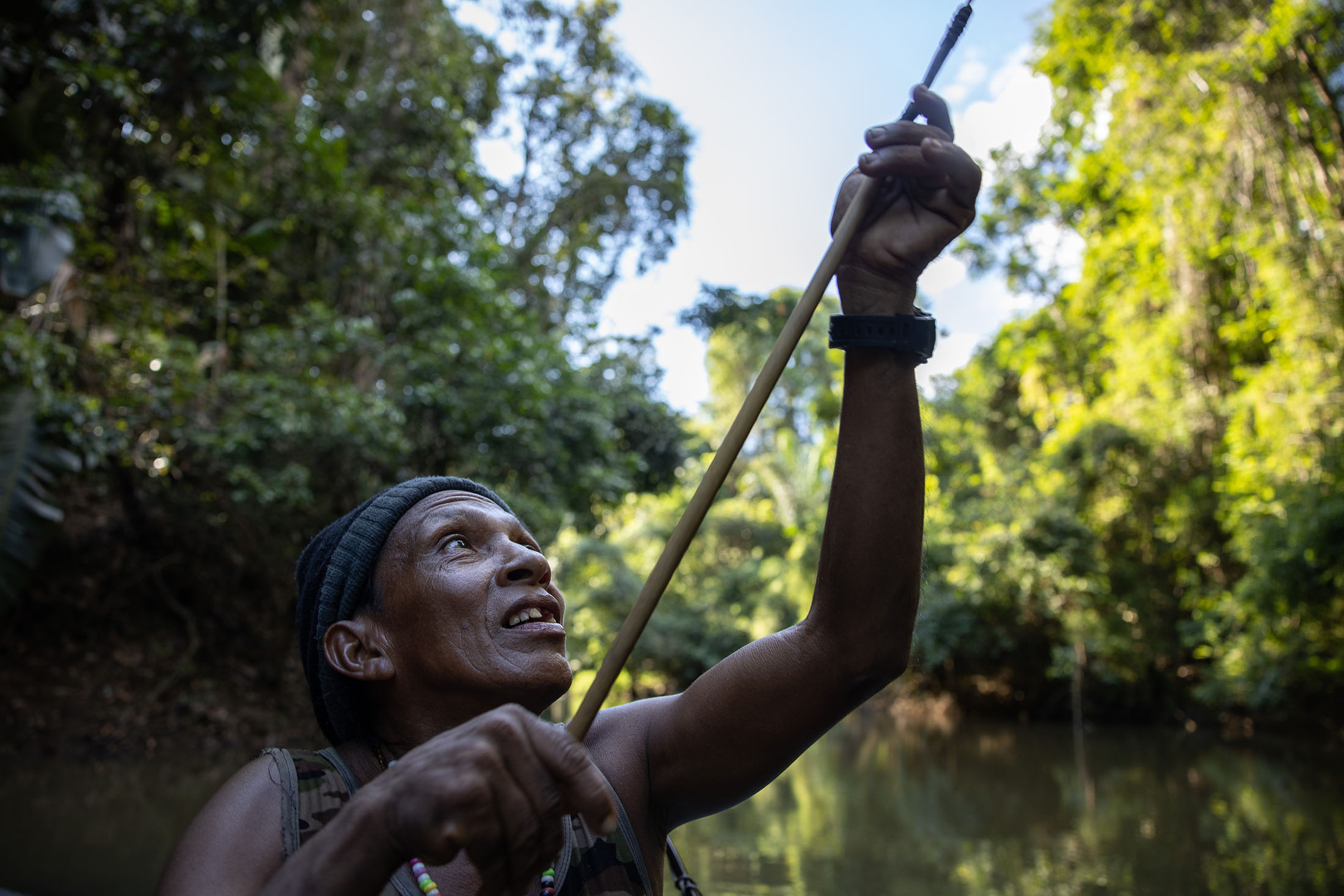
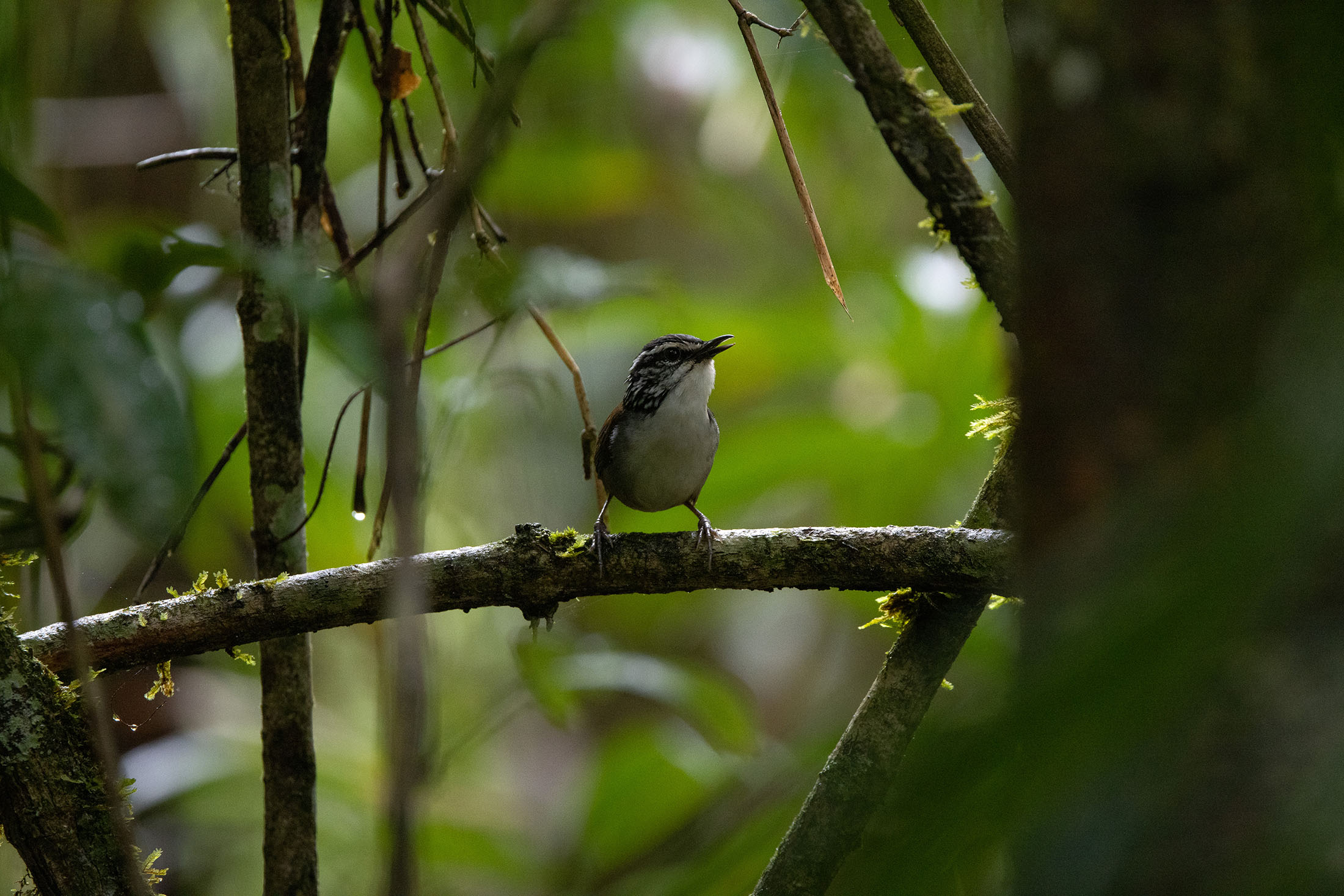
Story development and coordinator: Monica Evans | Photos: Marlondag | Web design: Gusdiyanto
We want you to share Forests News content, which is licensed under Creative Commons Attribution-NonCommercial-ShareAlike 4.0 International (CC BY-NC-SA 4.0). This means you are free to redistribute our material for non-commercial purposes. All we ask is that you give Forests News appropriate credit and link to the original Forests News content, indicate if changes were made, and distribute your contributions under the same Creative Commons license. You must notify Forests News if you repost, reprint or reuse our materials by contacting forestsnews@cifor-icraf.org.



